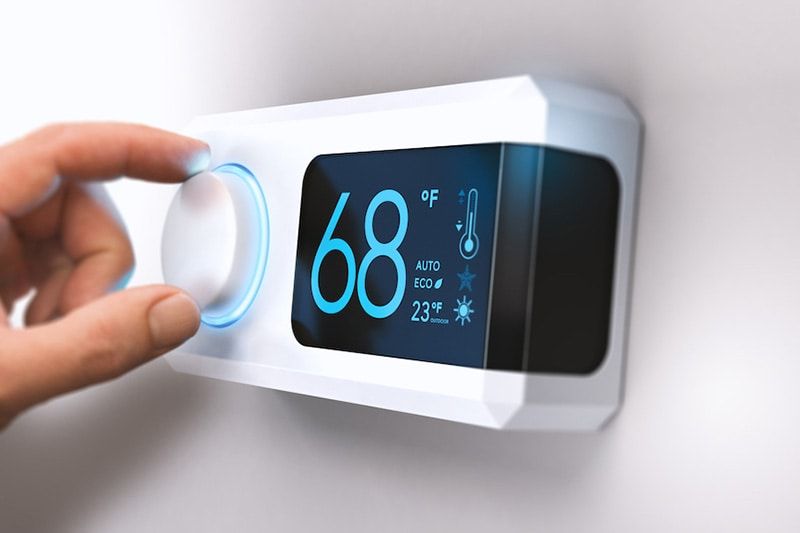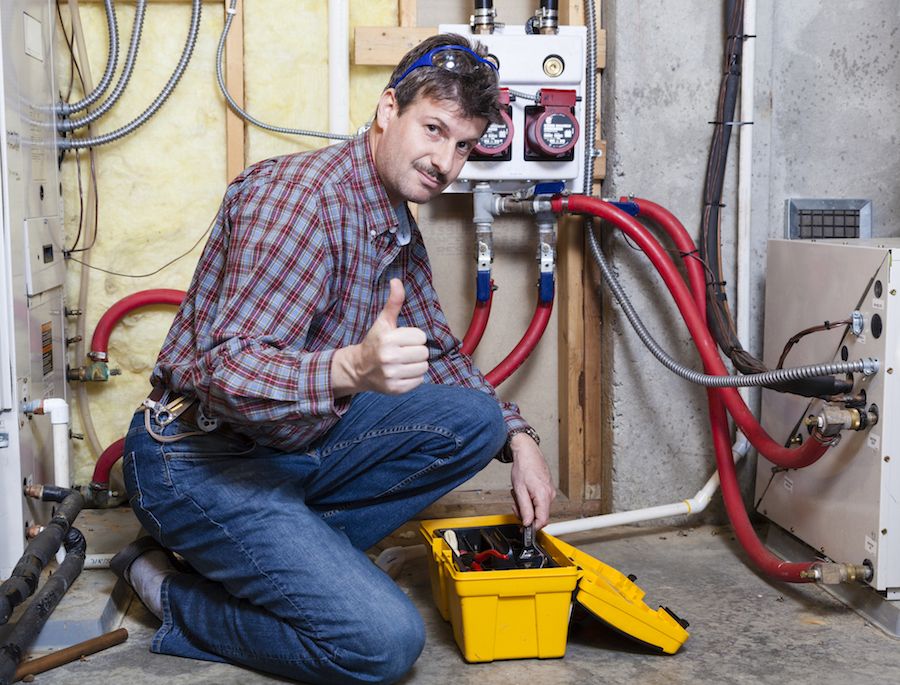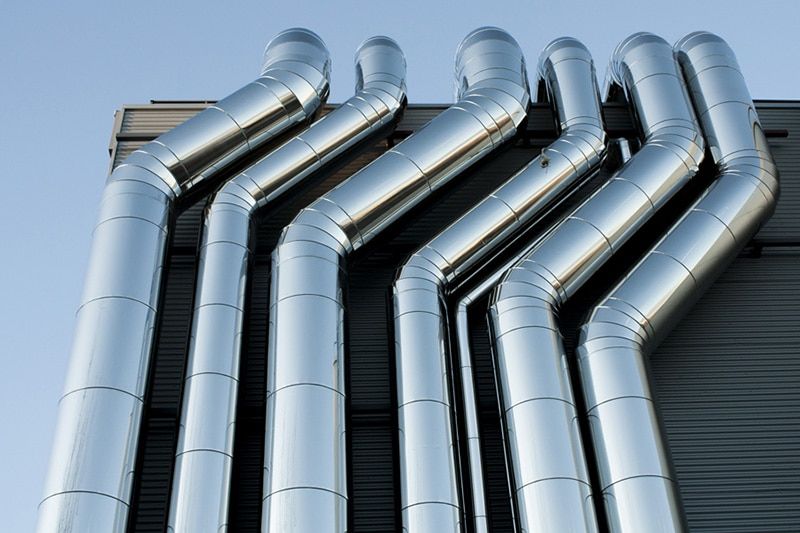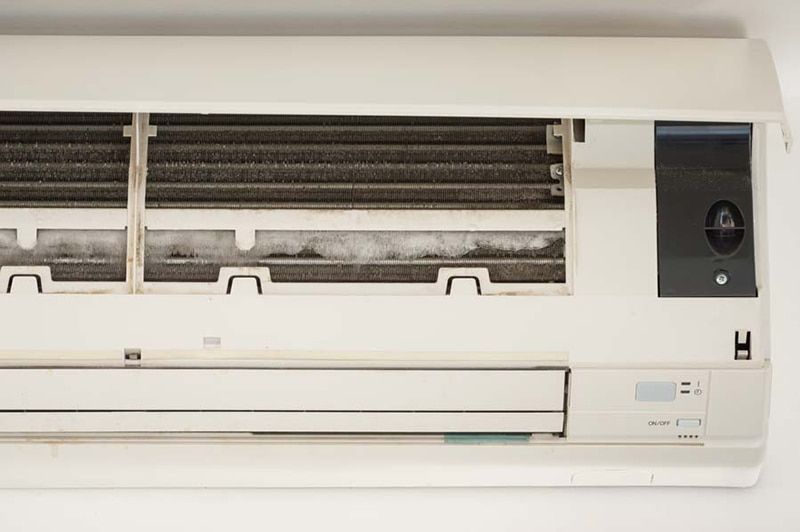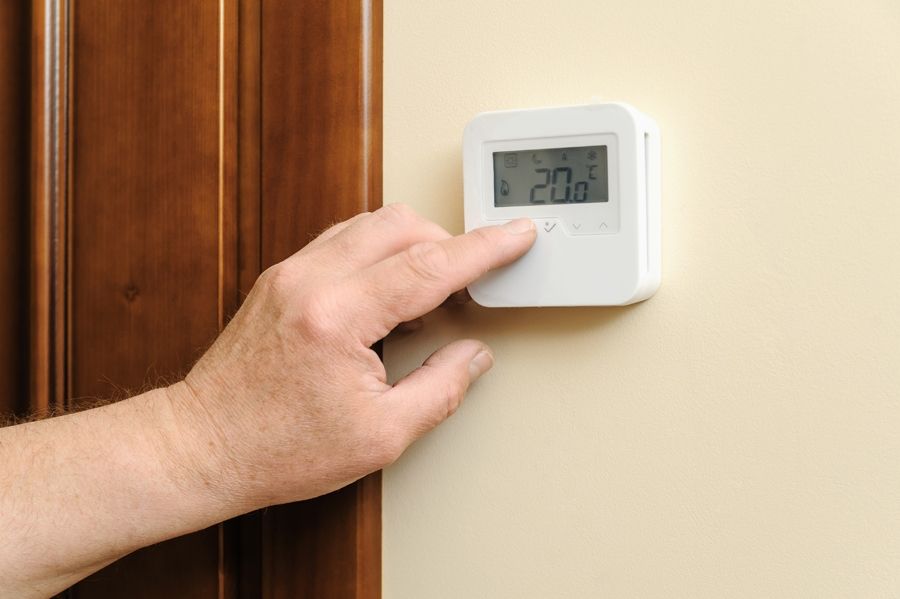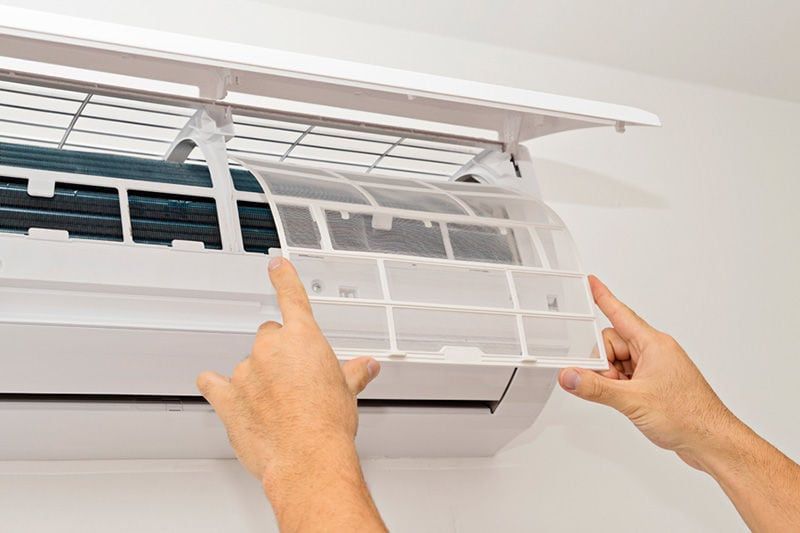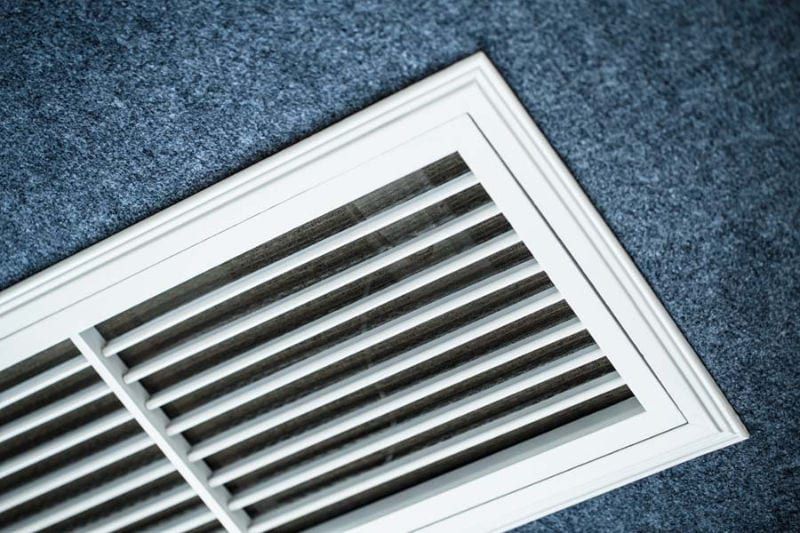If your air conditioner stops blowing cool air or stops all together, check to see if your indoor unit is frozen. What exactly will that look like?
A freeze up is when a layer of ice forms on the outside of your air conditioning unit. It can look a bit disconcerting, but don’t panic. It’s fixable. Whether you have a central air system or a window unit, the causes and effects, as well as the solutions, are the same.
The ice buildup on your air conditioner creates the inability for it to cool effectively and puts stress on the compressor (your outdoor unit if you have central air conditioning). Over time, this can lead to a costly repair or the need to replace the compressor.
At ACS Air Conditioning Services, we can help. First, let’s explore a number of the possible reasons for the freeze up:
Insufficient airflow. Anything restricting the airflow in your unit will cause the system’s evaporator coil to freeze. There are a few reasons your air may not be flowing efficiently. The most common problem is a dirty air filter. If you are running your air conditioner continuously, we recommend replacing or cleaning the air filter once a month. Other airflow problems include blocked or closed ducts and vents, a faulty fan, and/or dirt on the evaporator coil. Evaporator coils need regular cleaning, and we recommend a cleaning once a season.
Low refrigerant or Freon®. Another thing that causes an air conditioner to freeze is low refrigerant or Freon. This causes a drop in pressure inside the evaporator coil, which then allows moisture in the air to accumulate and freeze on the coil. A leak is typically responsible for low refrigerant. If the cause of your freeze up is low refrigerant, you need to contact one of our trained and experienced technicians to assist you in the repair. This includes finding and repairing the leak, then refilling your refrigerant to its proper level.
Outdoor temperature. Air conditioners are designed to run in a specific temperature range. Most of them will not run well when the temperature outdoors is below 60°F. Often a freeze up occurs because the nighttime temperature here in Tucson, AZ, is dropping too low for the unit to function properly. When the air is too cool, the pressure inside the system drops and causes a freeze up.
If your air conditioner freezes, turn it off. Let your unit thaw a while. One of our professionals will be able to work on it as soon as the ice has melted completely.
Call Us Today
Give our ACS Air Conditioning Services professionals a call at 520-230-5668 or request service online if your air conditioner stops working, whether it’s frozen or for any other reason. We will have it cooling your home again in no time.

